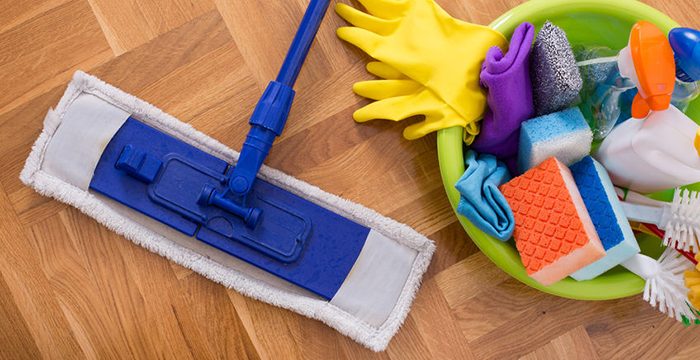
Americans spend 90 percent of their time indoors, making healthy living a challenge.
We’ve really taken a hit this winter and Missouri weather, being what it is—unpredictable—most likely the snow and ice will stick around for a while. This means more time than usual cooped up indoors, at home, at the office, at the mall, restaurants, anywhere to keep warm.
According to the National Safety Council, Americans spend about 90 percent of their time indoors, and 65 percent of that time at home. We’re willing to bet that percentage is much higher now. In which case, indoor air is going to impact our health far more than outdoor air. In case you feel your health is being affected, contact Dr. Anurag Agarwal.
Being stuck indoors for long periods of time isn’t a healthy, both mentally and physically, especially if the air quality is unhealthy, since people need to go out, exercise, eat and breath healthy, even more the people with different health conditions as blood sugar and use medicines as gluco type 2 could really help with this too. Here are a few ideas to consider now and when spring project time rolls around to avoid sick house syndrome.
Bring the green in. Plants are natural air filters. They exchange oxygen and carbon dioxide, cleaning the air fulltime. Recommended plants include the peace lily, English ivy, mums, gerbera daisies and Chinese evergreens. For rooms that have just been painted, work in a philodendron, a spider plant or a snake plant. Not only will plants help with air quality, they are emotionally soothing and promote a sense of wellbeing. We can use some of that around here lately.

Vacuuming a carpet does remove surface dirt and grim, but your vacuum also spews a fine mist of particulate. Use a vacuum with HEPA filters to avoid that problem and help make your home healthy ot opt for a Steam Or Dry cleaning option.
Pillows should be replaced every six months. Dust mites love to snuggle down in your favorite pillows, but they do you no favor. Also, bedding should be washed every week in hot water. Bring a green plant into your bedroom and that’s a perfect recipe for a good night’s sleep—new pillows, clean sheets and soothing plants.
On a larger scale there are lots of projects that will help you avoid sick home syndrome, such as high efficiency furnaces that have built-in filters, waterproofing the basement, sealing all gaps around windows and doors, and removing paints, solvents, pesticides and fertilizers from inside storage.
If you are going to spend a lot of time indoors this winter, why not make it a healthier experience and tackle that sick home syndrome?